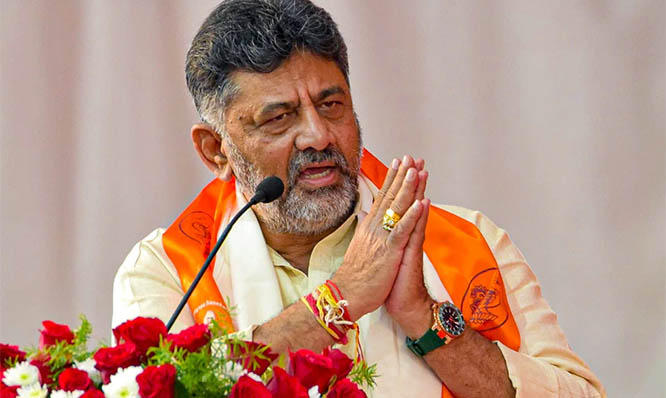Riyadh, Jun 12: An Indian woman was among the 26 people injured in a missile attack by Yemen's rebel Houthi militia on Saudi Arabia's Abha International Airport on Wednesday, a spokesperson of the Saudi-led Arab coalition involved in the war in Yemen said.
The attack took place in the morning, state-run Saudi Press Agency reported, citing a statement given by Col Turki Al-Maliki.
A projectile fired by the Houthi militia hit the arrival hall at Abha International Airport in southwestern Asir province, he said, adding that 26 passengers of different nationalities were injured by the projectile, including three women (from India, Yemen and Saudi Arabia) and two Saudi children.
Eight of the moderately injured were transferred to a hospital for treatment, while 18 were treated at the site for minor injuries. There was also some physical damage to the airport lounge, the report said.
Civil aviation authorities later said that airport operations and air traffic have resumed.
Col Al-Maliki said that the military and security forces were working to determine the type of projectile used in the attack and added that the "Iran-backed Houthi militia said that it used a cruise missile".
"The Houthis claimed through its media full responsibility for the attack, which constitutes a clear recognition for targeting civilians and civilian objects that are subject to special protection under international humanitarian law, thus could amount to a war crime of targeting civilians and civilian objects in a systematic manner," he said.
The Yemeni government said that only military action will end Houthi terrorism, Al-Arabiya TV reported.
Palestine, Egypt and Djibouti also condemned the missile strike.
Bahraini Foreign Minister Khalid bin Ahmed Al-Khalifa in an Arabic Twitter post said that the "Houthi attack on Abha airport is an act of terrorism and a serious escalation on the use of Iranian weapons", according to Arab News.






Comments
Add new comment